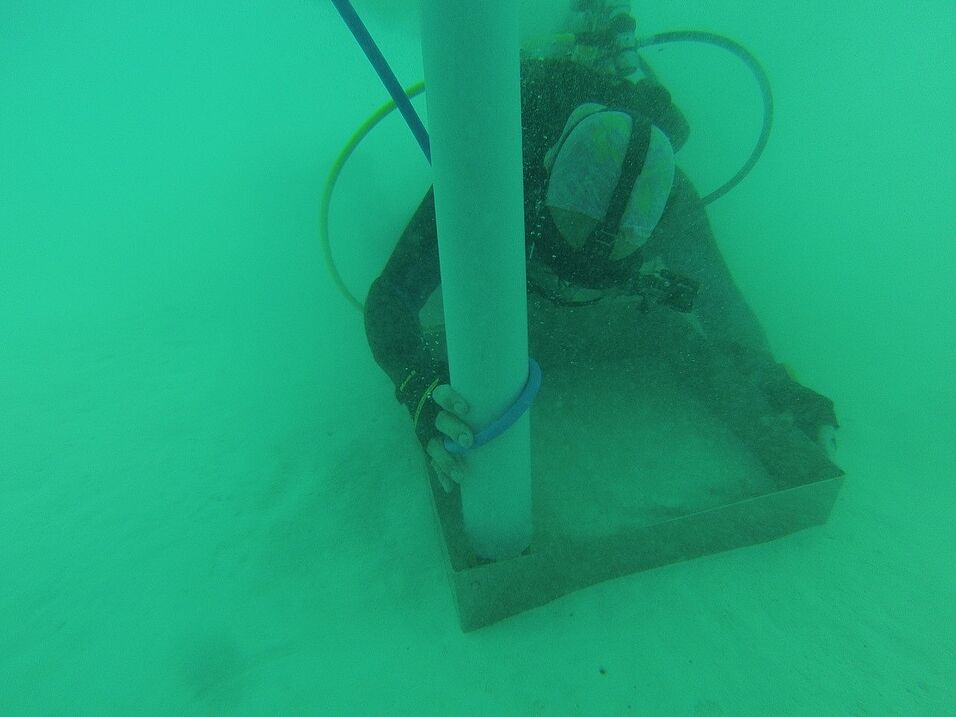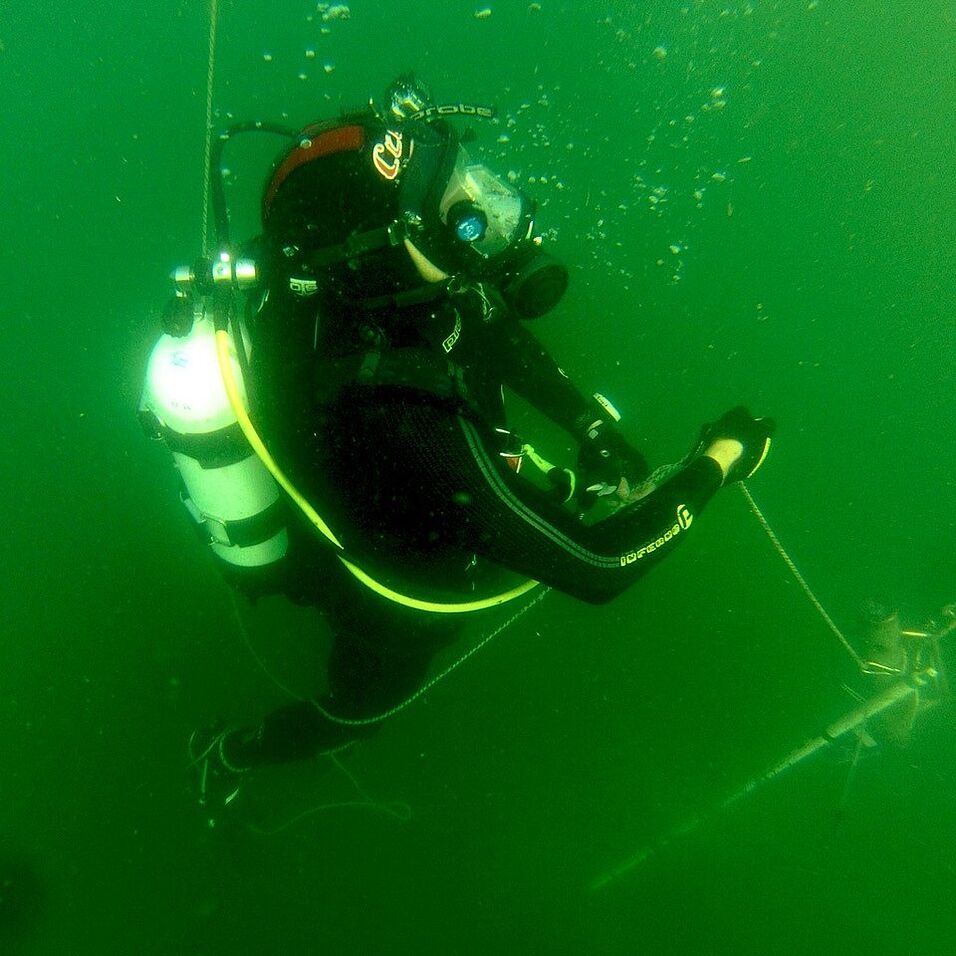What is so fascinating about your research area?
Each generation defines their childhood world as normal. This shifting baseline makes it very difficult to see the dramatic changes that humans have had on the planet. Historical records provide important insights into human impacts on our natural world, but they cannot shed light on the world before significant human impacts. Natural historical records, such as fossils, provide critical insights into ecosystems prior to anthropogenic change. Using these records we have an opportunity to truly understand how humans have shaped the world in which we live. Using these natural historical records requires us to understand how those records are formed and how they may have changed over time.
Which central message should your students remember?
What is natural, normal or good is extremely sensitive to your own background and position. We need to be as upfront and transparent about our own choice of baselines.
Why did you decide to do research and teach at our Faculty?
Palaeontologists at the University of Vienna, led by Martin Zuschin, are at the forefront of understanding human impacts on marine ecosystems and the formation of fossil assemblages, especially in the Adriatic and Mediterranean. I have been doing similar work in Australia. By bringing different perspectives on the formation of fossil assemblages together we hope to achieve a more general understanding of the formation of fossil records as well as to identify the gaps in that understanding. While we each have models and ideas that work very well in our respective areas, by combining resources we will identify what is generally applicable across different systems, what appears to be system specific, and establish priority areas for future investigation.
Which three publications characterise your work?
Bauder, Y., B. Mamo, G.A. Brock, M.A. Kosnik. 2023. One Tree Reef Foraminifera: a relic of the pre-colonial Great Barrier Reef. Geological Society, London, Special Publications 529: 175-193 (doi: 10.1144/SP529-2022-64).
Dominguez, J.G., M.A. Kosnik, A.P. Allen, Q. Hua, D.E. Jacob, D.S. Kaufman, K.E. Whitacre. 2016. Time-averaging and stratigraphic resolution in death assemblages and Holocene deposits: Sydney Harbour's molluscan record. Palaios 31(11):563-574.
Kosnik, M.A. and M. Kowalewski. 2016. Understanding modern extinctions in marine ecosystems: the role of palaeoecological data. Biology Letters 12(4):20150951.
Thank you for visiting our Faculty!
About the Person
Matthew Kosnik is an Associate Professor in the School of Natural Sciences at Macquarie University. He usees sedimentary records and the biological remains preserved in them to provide a historical context to modern marine ecosystems. As a result he is interested in understanding the preservation biological remains in sedimentary records and the idiosyncrasies of palaeontological assemblages. Matthew Kosnik considers himself a conservation palaeobiologist, a taphonomist, and a malacologist. He thinks that the most interesting research questions are those requiring thinking outside the box and those that require a team of diverse backgrounds.
- Homepage
- Matthew Kosnik on Orcid
- Working group / host professor at our Faculty: Conservation Palaeobiology and Historical Ecology, Department of Palaeontology | Martin Zuschin
- Course in the summer term 2025: 280100 VU Conservation Palaebiology of Australian Ecosystems




